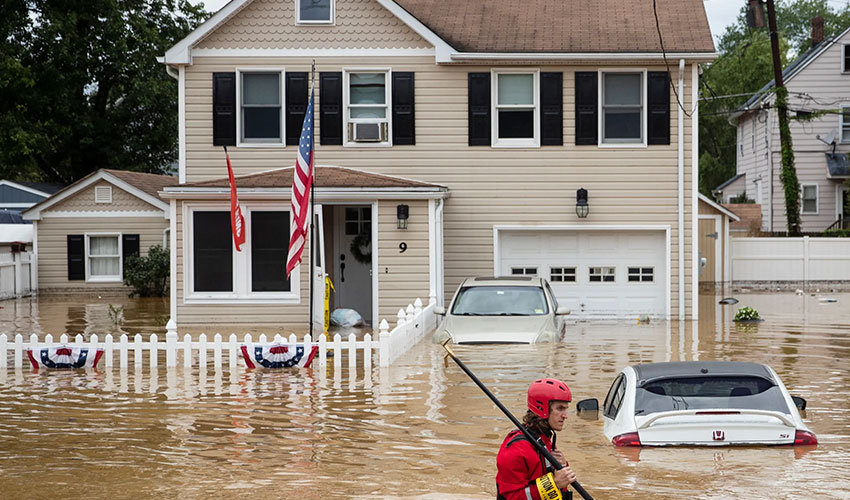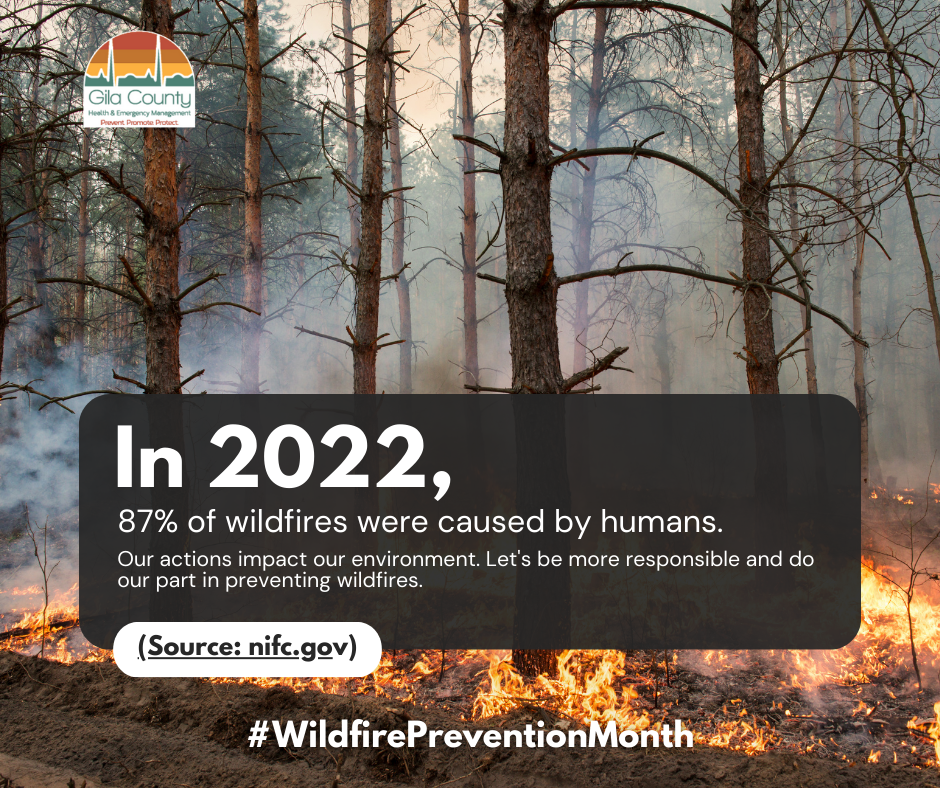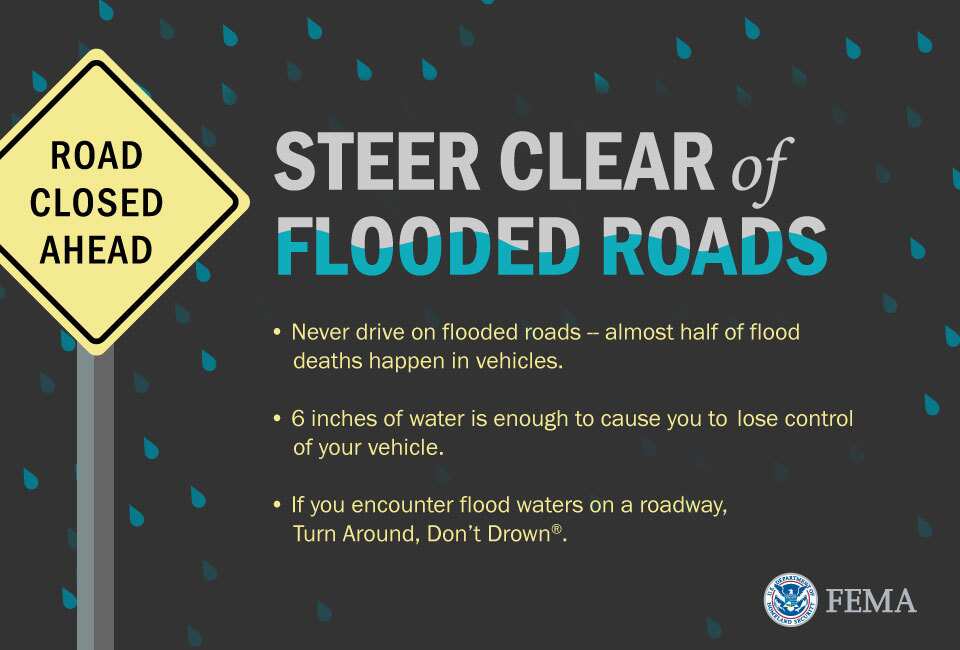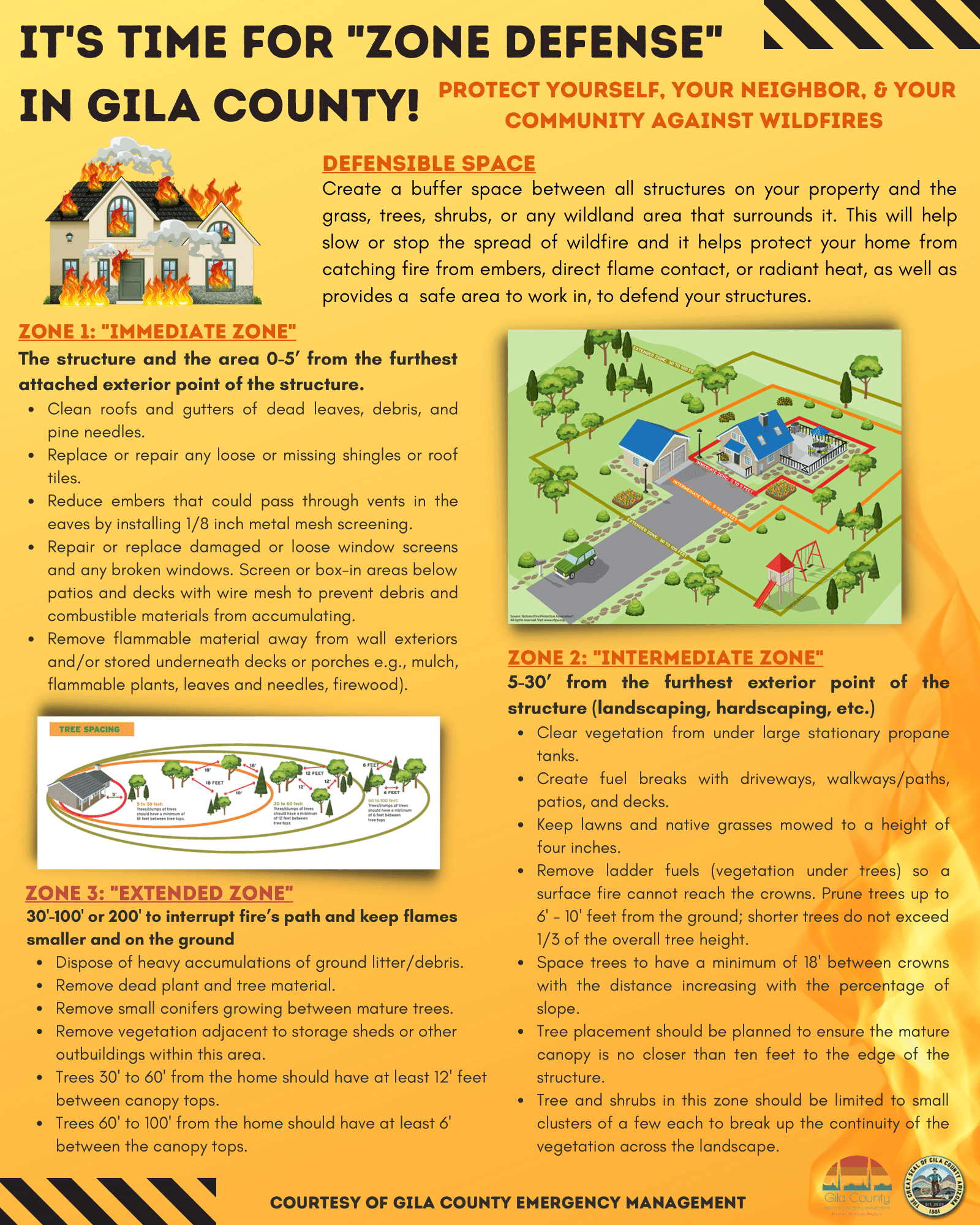Flash Floods

Heavy rainfall, monsoons, soil erosion, and environmental nuances can cause flash flooding. Indeed,
the quick water release from melting snow along the Tonto Basin River causes blockages to passage
every year. In 2014, flash floods claimed the lives of a number of people — along with numerous
personal injuries and property damage incidences.
While it’s difficult to predict when a flash flood may occur, it’s easy to make some plans to
prepare for them.
 Before a Flood
Before a Flood
-
Create a Ready Kit and family communications plan. Set a plan
to evacuate, handle pets and neighbors who may need help, and meet up after an evacuation
order. Choose a meeting point outside the immediate area and away from the flood zone.
-
Know the likelihood of flash floods in your area. Contact your Gila County emergency
management authorities or insurance company, or visit www.floodsmart.gov to assess your risk.
If your risk is high, consider adding flood damage protection to your homeowner’s policy, as
it is not typically covered.
 During a Flood
During a Flood
-
Stay out of floodwaters, as they may be electrically charged from downed power lines or
utility issues. If your car gets stalled in waters, exit immediately, if it is safe to do so.
Move to higher ground away from rivers, streams, creeks, and storm drains.
 After a Flood
After a Flood
 Before a Flood
Before a Flood





